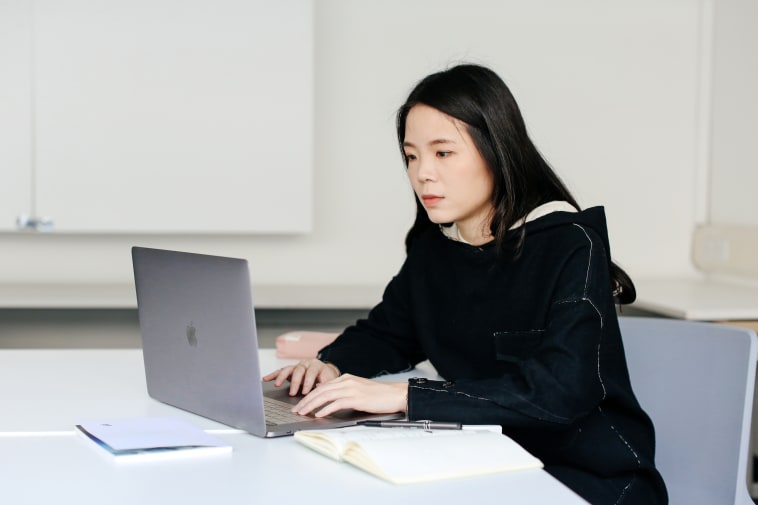Images
You can add ‘alternative text’ – or ‘alt text’ – to your images. This helps screen readers describe the image to blind and partially sighted people. It also makes your images easier to find in a Google search.
What to do
- Alt text should be short (125 characters max) and describe what is in the image, for example: ‘Two people in an art gallery looking at a painting by Van Gogh’.
- Don’t use the image file name.
Please avoid text in your images. If it’s unavoidable, duplicate the text in the alt text field.
Flashing images
Flashing images in videos – including GIFs – can cause epileptic seizures.
- Avoid images that strobe or flash more than 3 times per second.
- If you can’t avoid this, include a warning at the start of a video.

Video captions
Adding captions to videos helps:
- Deaf or hard-of-hearing people
- People watching your video in noisy situations – e.g. on the bus
- People whose first language isn’t the language you’re using in your video
- Google find your video and return it in search
What to do
- Captions can be:
- ‘burnt’ or ‘baked’ in – i.e. always visible on the video
- ‘closed’ – i.e. turned on/off
- Vimeo and YouTube autogenerate captions. These captions often contain errors, so please check and edit them.
- Don’t forget to add captions to videos on social media, too. Instagram doesn’t autogenerate captions, but you can use apps such as Clipomatic or Clips (Apple only). Alternatively, use burnt-in captions.
- You can also download YouTube captions and provide a transcript of the video.

Colour contrast
Some colours don’t work well together and make your work difficult to see. Other colours have different meanings in different cultures. Try to remember that colour blind or colour vision deficient people will be looking at your work.
What to do
- Download and use the Colour Contrast Analyser.
- Refer to the Colour Palette and avoid ‘insufficient contrast’ combinations. Add clear labels and a key to graphs and pie charts.

Audio
You can make audio content, such as podcasts, accessible by providing the content in an alternative format.
What to do
- Include plenty of description in your audio, such as describing the setting and introducing the speakers.
- Transcribe your audio content and make that available as an accessible, downloadable document (see below for more info on accessible docs).
- Find out more about creating good-quality transcripts.

Documents
You can make your Word and PDF documents accessible.
What to do
- Learn how to create accessible Office documents.
- Learn how to make a PDF documents accessible.
- Include the file type (Word, PDF) and size (KB/MB) in the document name – e.g. (Word 650KB).
Read our guide on how to write about your work clearly.

Accessible hashtags
Hashtags that are all in 1 case (lowercase or uppercase) are hard to read – and can cause embarrassing confusion! They are also hard for screen readers to ‘see’.
What to do
- Use ‘camel case’ – i.e. capitalise the first letter of each word. For example, #WeAreUAL #ArtAndDesign.


